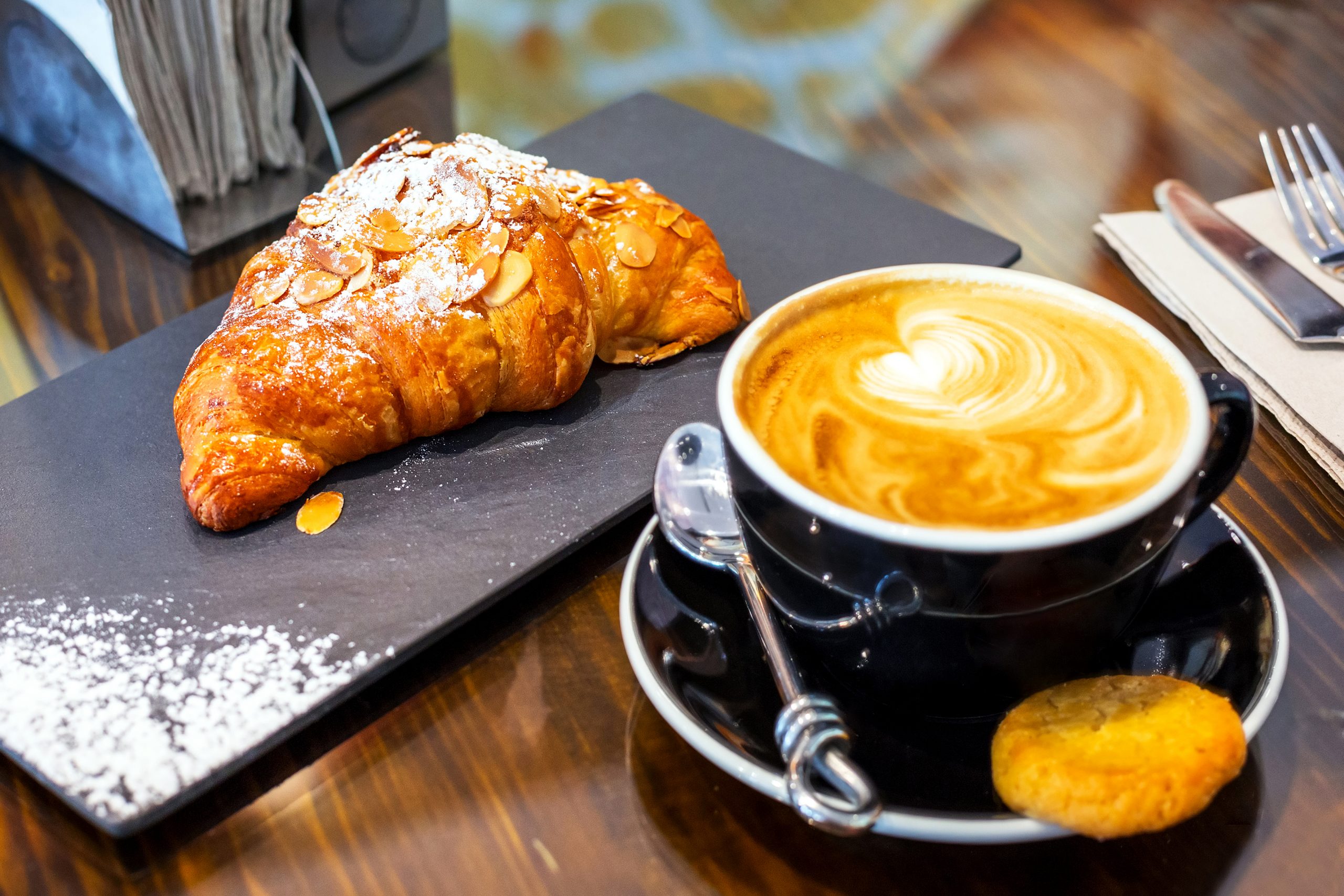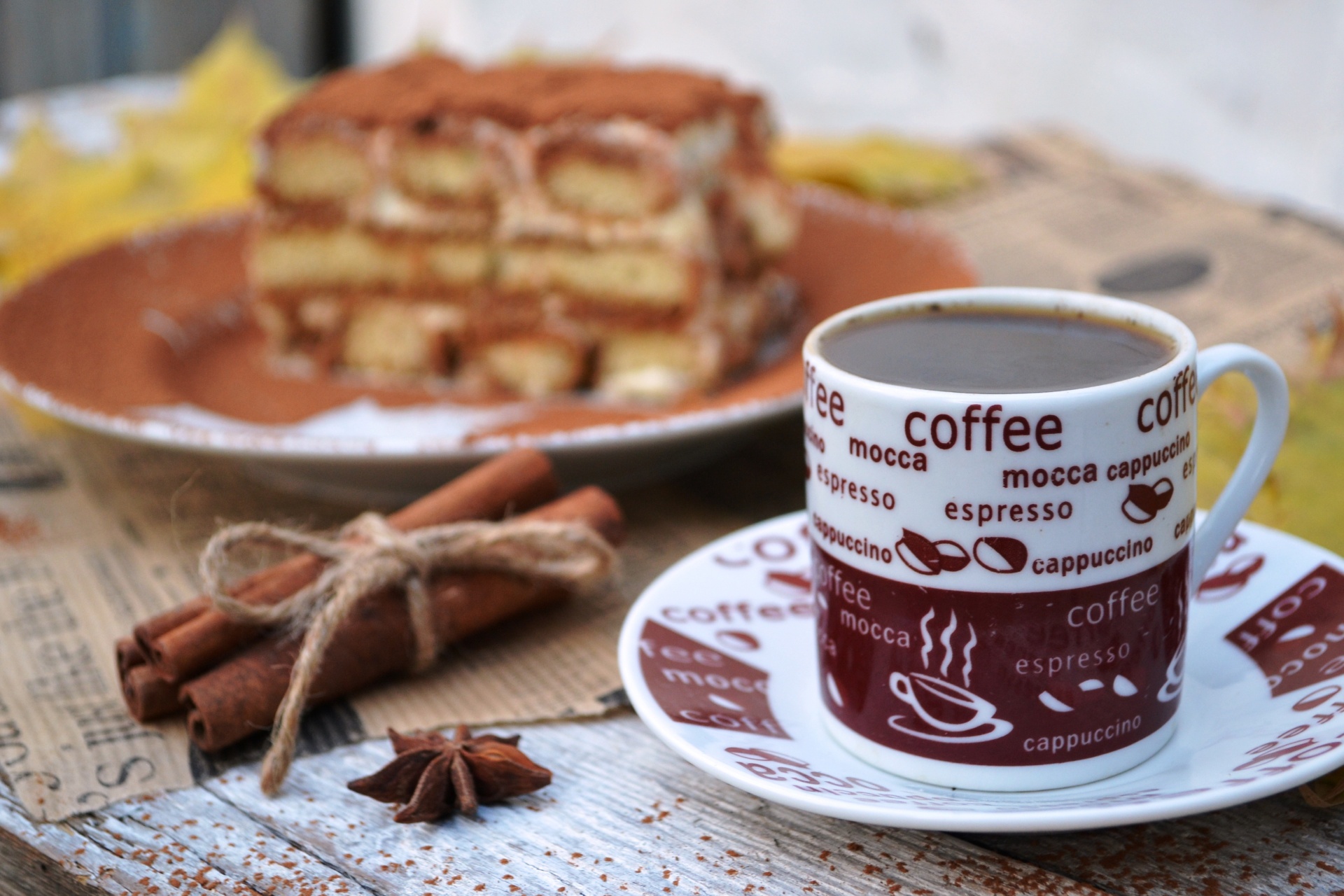
Coffee and Food Pairings: Elevating Your Culinary Experience
Coffee and Food Pairings: Elevating Your Culinary Experience
- Adam Smith
- 27-10-2023
- 23-07-2025
- 1263 views
- Coffee Shop, Information

Coffee isn’t just a morning ritual, it’s a versatile beverage that can complement a wide range of flavors and dishes. Whether you’re a coffee connoisseur or simply looking to enhance your culinary experience, the art of coffee and food pairings offers a delightful journey for your taste buds. In this blog, we’ll explore the world of coffee and food pairings, sharing tips, pairing ideas, and the science behind the perfect match.
The Basics of Coffee and Food Pairings

Pairing coffee with food is akin to pairing wine with a meal, and it follows a similar set of principles. The goal is to create harmonious combinations that enhance the flavors of both the coffee and the food. Here are the basics to get you started:
1. Flavor Matching: Consider the flavor profile of your coffee and how it complements or contrasts with the flavors of your dish. For example, a rich, chocolatey coffee can pair wonderfully with a dessert that has similar flavor notes.
2. Intensity Balance: Match the intensity of your coffee with the intensity of your dish. A bold, dark roast coffee may overpower a delicate salad, while a light roast might get lost in a hearty stew.
3. Sweetness and Acidity: Think about the sweetness and acidity in both your coffee and your food. These elements can either complement or contrast with each other to create a balanced experience.
4. Texture and Body: Coffee can have varying textures and body, from light and tea-like to creamy and full-bodied. Consider how the texture of your coffee pairs with the mouthfeel of your food.
5. Aroma and Aesthetic: Don’t forget the aromatic qualities of your coffee. The aroma can enhance the overall experience, and a visually pleasing presentation can make the pairing even more enjoyable.
Coffee and Breakfast Food Pairings

- Classic Breakfast: Pair a medium roast coffee with a classic breakfast of eggs, bacon, and toast. The coffee’s mild acidity and nutty notes complement the savory elements of the meal.
- Pastries: Enjoy a light roast coffee with croissants, muffins, or scones. The coffee’s bright acidity and fruity flavors contrast with the sweetness of the pastries.
- Oatmeal or Porridge: A nutty and earthy medium-dark roast coffee pairs well with oatmeal. The coffee’s body and roasted notes complement the creaminess and mild sweetness of the dish.
Coffee and Lunch Food Pairings
- Salad: Try a light, citrusy coffee with a fresh salad. The coffee’s acidity and floral notes enhance the salad’s greens and vinaigrette.
- Sandwiches: A medium roast coffee with balanced acidity and mild sweetness goes well with sandwiches. It complements the bread and various fillings.
- Soup: Pair a dark roast coffee with hearty soups like chili or potato leek. The coffee’s robust flavors complement the richness of the soup.
Coffee and Dinner Food Pairings

- Grilled Steak: A bold, dark roast coffee with smoky and chocolatey notes complements the charred flavors of a grilled steak.
- Seafood: A medium-light roast coffee with bright acidity pairs nicely with seafood dishes. The coffee’s citrus notes enhance the flavors of the fish.
- Italian Pasta: Match a medium roast coffee with a tomato-based pasta dish. The coffee’s mild sweetness and acidity harmonize with the tomato sauce.
Coffee and Dessert Pairings

- Chocolate Cake: Pair a dark roast coffee with a chocolate cake. The coffee’s deep, chocolatey flavors complement the sweetness of the cake.
- Fruit Tart: Enjoy a light roast coffee with a fruit tart. The coffee’s bright acidity enhances the fruity flavors of the dessert.
- Cheesecake: A medium roast coffee with a touch of nuttiness and caramel pairs wonderfully with cheesecake. The coffee’s mild sweetness complements the creamy dessert.
The Science of Flavor Pairing
The art of coffee and food pairings isn’t just about personal preferences; it’s also grounded in the science of flavor pairing. Scientists have developed a flavor wheel that categorizes different flavors and helps identify harmonious pairings. The key factors that influence these pairings include:
- Complementary and Contrasting Flavors: Pairing flavors that complement each other can create a harmonious balance, while contrasting flavors can provide an exciting contrast.
- Chemical Compounds: Foods and drinks often share chemical compounds that create synergy when combined. For instance, the compound responsible for the aroma of roasted coffee is also found in roasted meat.
- Aromas and Volatiles: Aromas play a crucial role in flavor pairing. Coffee’s volatile aromatic compounds can either match or contrast with the aromas in food.
- Texture and Mouthfeel: The texture and mouthfeel of both coffee and food can greatly impact the pairing experience. A creamy coffee can complement a creamy dessert, while a sparkling coffee might contrast with a rich dish.
Conclusion
Coffee and food pairings open up a world of flavor exploration. With the right combinations, you can transform your meals and elevate your culinary experience. Whether you’re enjoying a leisurely breakfast or savoring a decadent dessert, the art of pairing coffee with food allows you to appreciate the nuances of flavor and create memorable dining experiences.
So, the next time you brew a cup of coffee, consider the delicious possibilities of pairing it with your favorite dishes. It’s a journey of taste that will forever change the way you enjoy your coffee and meals.






















